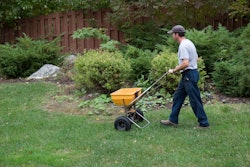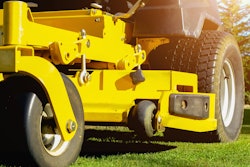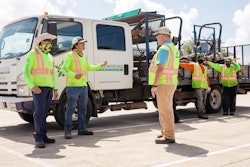
When it comes to effectively running your landscaping business, one-on-one meetings are a crucial tool. They should be used as a regular check-in as well as an opportunity to offer feedback, troubleshoot problems, and help your team members to grow. But in order to get the most out of one-on-one meetings, you have to put in the effort to make them count.
Jim Cali, executive coach and consultant with McFarlin Stanford, a Green Industry management consulting firm based in Dallas, says that one-on-one meetings are the best way to get a good idea of exactly what’s going on in the business. Supervisors or managers should be holding one-on-one meetings with their direct reports. This is the best way to keep a finger on the pulse of the company’s innerworkings. It’s a way to head of problems before they become larger and to make sure that everyone is staying on track.
But Cali says that landscaping businesses rarely take full advantage of this opportunity. People get busy and they fail to prioritize these meetings.
“One-on-ones need to be held regularly in order to get the full value out of them,” Cali explains. “Too often they’re pushed off. This might mean important information is being missed. But it also shows your direct reports that you don’t value these meetings. In turn, they won’t take them seriously, either. In order for these meetings to be most effective, they must be prioritized.”
Preparing for one-on-one meetings
In order to get the most out of these meetings, Cali also says it’s important to prepare. Make sure that you have an idea of what you want to cover during the meeting. As the supervisor, that’s your responsibility.
If you need a place to start, Cali suggests taking a “past, present, and future” approach. This means covering what happened last week, what’s happening this week, and what is on the docket for next week.
One-on-one meetings are also a chance to get to know your direct reports a little better. Cali says that having a personal element to these events is also important.
“As a leader, you need to get to know the people who are working for you,” he advises. “Ask about their family and ask how they’re doing outside of work. This is the perfect time to ‘check-in’ and make sure they’re doing okay. People want to work for someone who cares.”
Getting the most out of the meeting
As you host these meetings, make sure that you take notes—and suggest that your direct reports take notes too, says Cali. This will make sure that you both remember any points that come up that need to be readdressed. It will be something to refer to for any further action that needs to be taken.
“Notes also give you a chance to refer back to the information discussed last week and keep things moving forward,” Cali adds.
Finally, Cali also urges that much more is gained by keeping one-on-one meetings to truly that one-to-one ratio. When you start adding more people to the meeting, it begins to defeat the purpose. That’s not to say you shouldn’t hold meetings with your entire team, but that shouldn’t be a replacement for those one-on-one check-ins with your individual direct reports.
“You and your team members will get so much more out of I when it’s kept as a one-to-one meeting,” Cali sums up. “You’ll make so much more progress and really be able to get things done. Over the years I’ve had many clients who didn’t think they could make time for these meetings but once they did, they only wish they’d started them sooner.”










